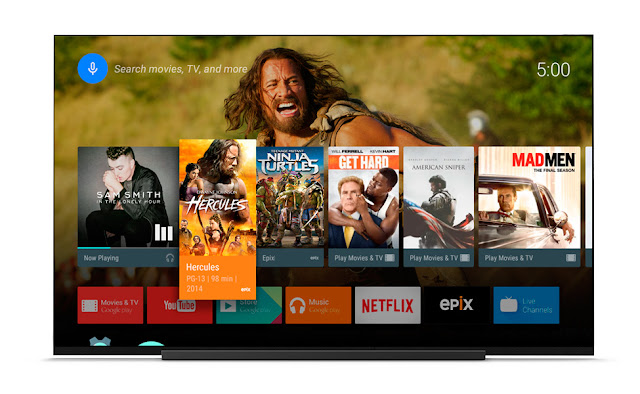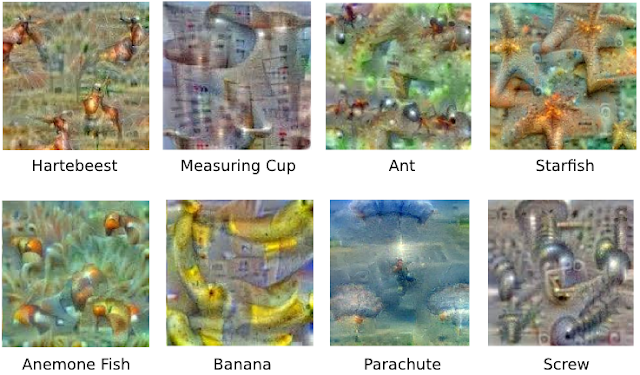How are interviews at Google different?
June 19th, 2015 | by Sarah H | published in Google Student Blog
A few weeks back, we ran a poll on our Google+ page asking what type of content you all would be interested in seeing more of on our pages. One of the top responses was information on the interviewing and hiring process. In turn, we decided that we should write a series of posts shedding some light on how hiring works at Google. This entry will primarily cover what components our interviews are comprised of, but if you want to dive deeper into our hiring practices and many other aspects of Google, be sure to check out Work Rules! by Laszlo Bock, who heads up People Operations at Google.

As with just about everything at Google, our interviews are based on—and constantly improved upon—by data. This reliance on data is of paramount importance, because hiring has the ability to either make or break a company. Plus, research has shown that if data is left out of the hiring equation, the decision of who should be hired and who shouldn’t is often swayed by an interviewer’s unconscious biases and superficial snap judgments. Consequently, according to Laszlo Bock, “Most interviews are a waste of time because 99.4% of the time is spent trying to confirm whatever impression the interviewer formed in the first ten seconds.” Fortunately, Google interviews are not like most interviews. But, how exactly are they different?
To begin, Google interviews only include question formats that have been proven to actually predict job performance. In 1998, Frank Schmidt and John Hunter published a meta-analysis of 85 years of research on how well different types of assessments predict job performance. Overall, they identified three assessment techniques that were more effective than all others: work sample tests, tests of general cognitive ability, and structured interviews. As you may have guessed, we incorporate all three within our interview process.
Work sample tests entail giving a candidate a sample piece of work or problem to complete that is similar to what the candidate would face on the job. At Google, all our technical hires (engineering and product management) are tasked with a work sample test of sorts, where they are asked to solve engineering problems during the interview. This allows candidates to showcase their skills, while also giving us a chance to see how they go about attacking actual problems.
Next, tests of general cognitive ability involve measuring raw intelligence and the ability to problem solve, reason, and learn. However, in contrast to case interviews and brainteasers (neither of which is used by Google), these tests have defined right and wrong answers. For this measure, we want smart people who can learn and adapt to new situations. In general, Google interview questions testing general cognitive ability try to get at how candidates have solved hard problems in real life and how they learn.
Last but not least, structured interviews ask a consistent set of questions and have clear criteria for gauging the quality of responses to these questions. Structured interviews help isolate candidate performance from other variables, so that candidates are all judged equally, no matter who interviewed them. Altogether, there are two kinds of structured interviews: behavioral and situational. Behavioral interviews ask candidates to describe prior achievements (“Tell me about a time…”), while situational interviews present a job-related hypothetical situation (“What would you do if…”). Over the course of a Google interview, interviewers ask both types of questions.
So, there it is…a quick glimpse into the components that make up a Google interview. All in all, the primary objective of our interviews is to accurately predict how candidates would perform if they joined the team. By making sure that we use only those interview formats that have been proven to best predict future job performance and evaluate each candidate equally, we have been able to maintain our high hiring standards, while simultaneously making the interview process more fair and rewarding for candidates.
Posted by Steven Claunch, Online Hiring and Insights Team
















